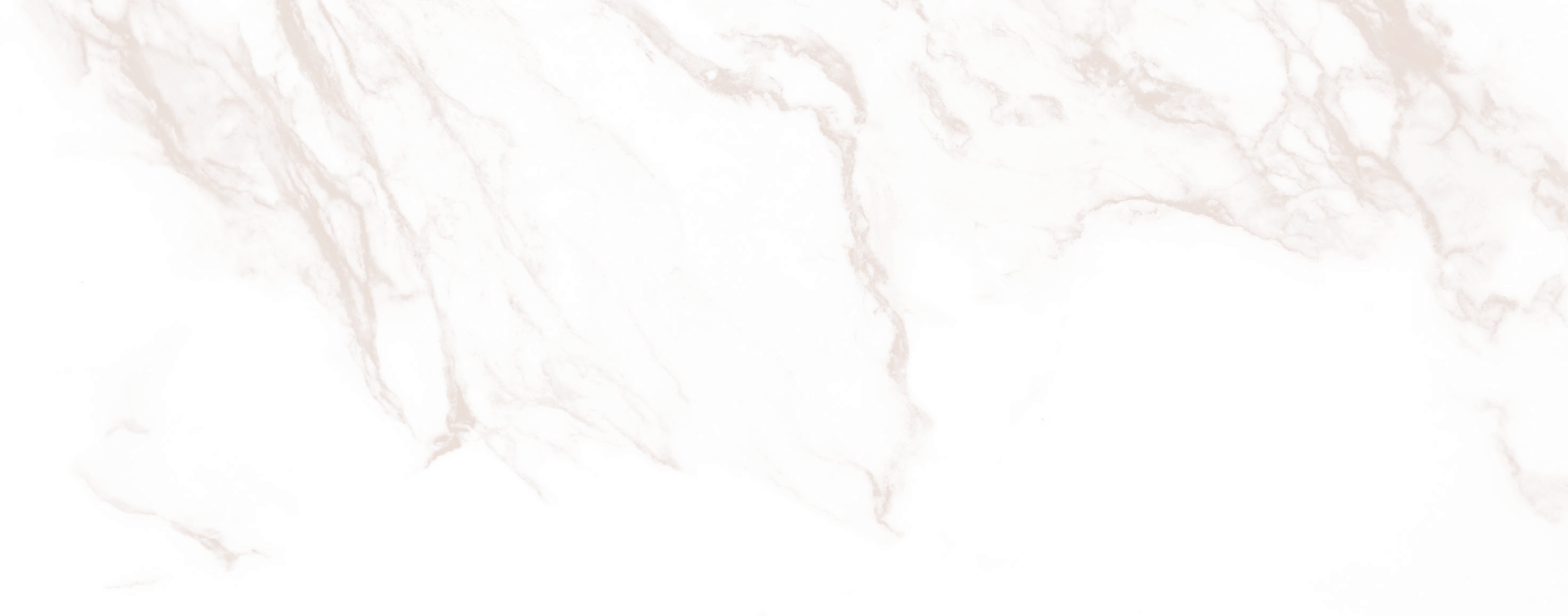
Positing the artist as a new kind of alchemist, Alchemy presents a selection of today’s most interesting contemporary artists who focus on material and process in their respective mediums. These are all artists for whom their studio practice is key as they work their tools – the pigments, chemicals, metals, supports, dirt, lint, their location and the effects of time – into thoughtful and often very beautiful works of art. Both physically and philosophically the artists’ materials are transformed into rare objects and ideas.
Informing many of these works is a kind of calculatedly casual approach to material, exploiting the balance between what art portrays and the physical objects themselves. If art of the 90s and noughties, most especially painting and photography, tended towards high-concept works with a polished, hands-off finish, this new generation of artists evokes an altogether different feel with their seemingly less reverent approaches. Oscar Tuazon’s canvases are first used as drop-clothes in his studio for months on end – walked on, painted over and tarnished by the iron, chemicals and wood he uses in his sculpture before stretched and hung. Ayan Farah’s interests lie in the provisional and the ephemeral, exploring the chemical or organic changes that occur with the application of paint or other substances onto various unusual fabrics more often found in fashion, clothing and bedding. Much of her work involves no painting whatsoever, but rather undergoes an elaborate process of digging down, dyeing or being hung in a window to be damaged by the sun. Josh Smith challenges ideas of what it is to be an artist. His palette paintings are small canvases he uses as painting palettes for larger works, resulting in abstract compositions made purely by chance.
Nathan Hylden uses a regulated process to create variations within a systematic sequence. Starting with a stack of identically sized aluminum panels, for example, Hylden adds layers of paint and ink to each, but changing the order of operations as he goes. He also screen prints blank images of, often, his studio wall onto his surfaces, triangulating the relationship between artist, image and material. Fascinated by the transition that tangible materials undergo as they are shaped into ineffable objects of art, Analia Saban often subjects her works to deconstructive processes, pulling apart their layers by for example unweaving paintings or laser-burning paper and canvas. In so doing she, like all of the artists in this show, exposes how art exists as both a physical and social construction, as well as the little bit of magic that happens when objects become art.

